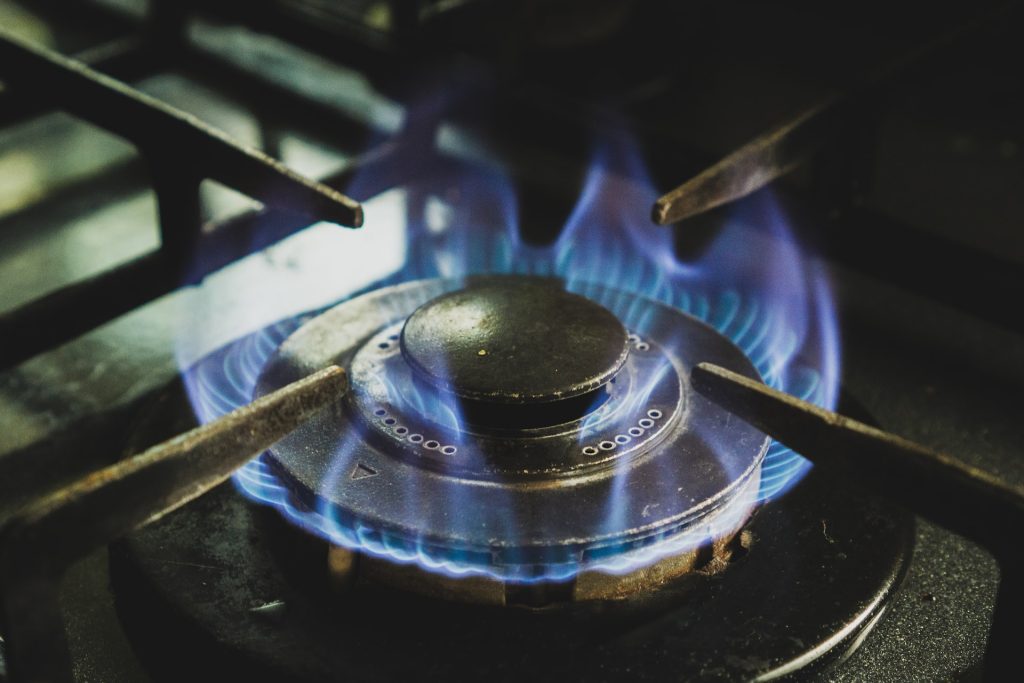Earlier this week, the Consumer Product Safety Commission indicated that it would be taking steps to address the indoor air pollution caused by gas stoves, telling Bloomberg that “a ban on gas stoves is on the table.” This was later clarified by the agency head who released a statement indicating that the agency was researching the issue and looking for ways to address the problem, but that they are not looking to ban gas stoves.
Nonetheless, the Bloomberg story has taken on a life of its own and a relatively obscure issue that very few people had ever considered quickly became grist for the culture war mill where even the most mundane, technical, and non-ideological issues are seized upon for use in self-expressive and group identity displays.
To help illuminate this issue some, I have produced the following graphs about gas stoves using the American Housing Survey (AHS).
Overall
According to the latest AHS estimates, there are a little over 142 million housing units in the US. Sixty percent of those units use electric stovetops, 39 percent use gas, and 2 percent have no stovetop cooking ability at all.
Old Homes Use Gas
Older homes are much more likely to use gas cooking than newer homes.
The South Uses Electricity
Gas use also varies considerably by region. In the South, only 24 percent of housing units use gas cooking. In the Northeast, the same number is 55 percent.
Rich Use Gas More Than Poor
Across the entire country, gas use marches up gradually along with income. In the bottom third of the income distribution, around 30 percent of housing units use gas. At the top one percent of the income distribution, 67 percent of housing units use gas.
The distribution of gas stoves across the income distribution also varies considerably by region. In the Northeast and West, gas stoves are common across the income distribution. In the South and Midwest, you only find high rates of gas use among the rich.
Race
Whites and blacks use gas at similar rates while Latinos use gas at slightly higher rates.
Renters and Owners
Homeowners have slightly higher gas usage rates than renters. In the latest data, 34 percent of rental units — 15 million in total — had gas stoves.
The case of renters is troubling because appliances are typically not something renters have control over. Landlords have a legal obligation to ensure that their housing units meet minimal standards of habitability and, especially in light of recent research, there seems to be a very good case that rental units that only have gas stoves do not meet those standards, just as units with asbestos and lead dust do not.

